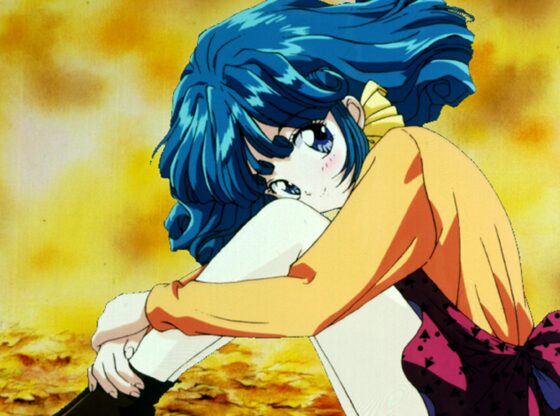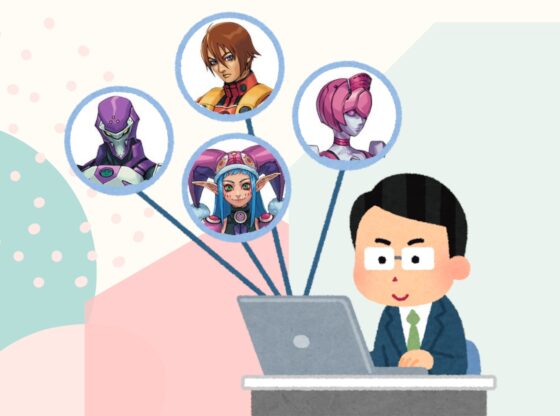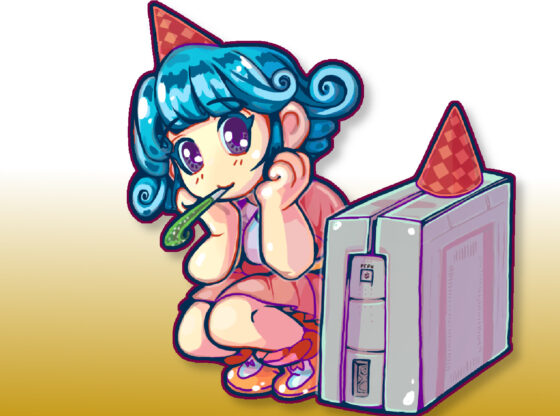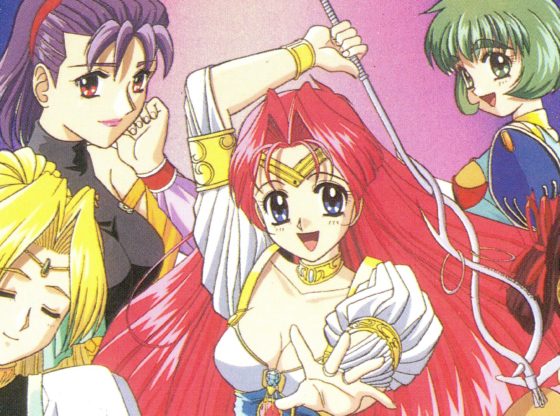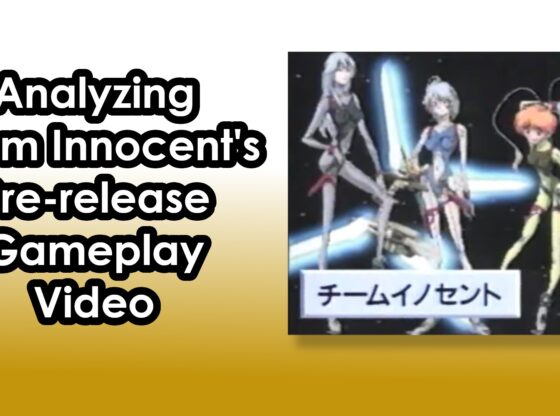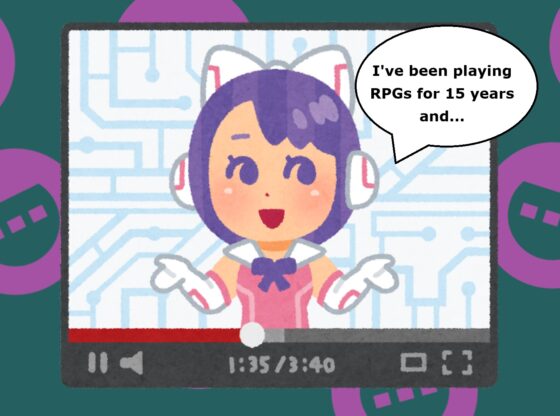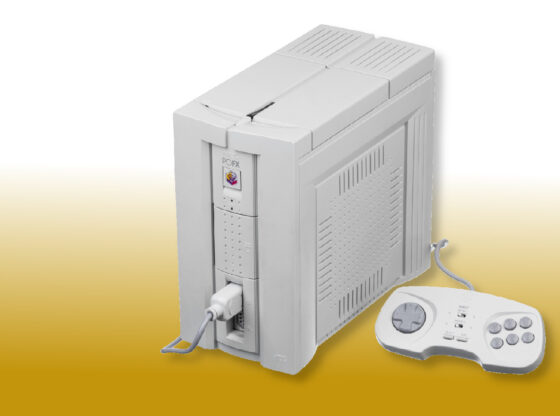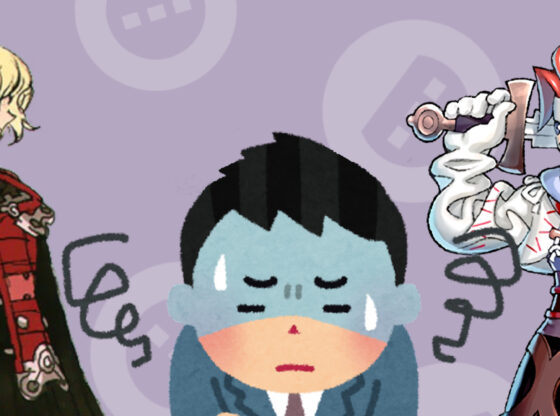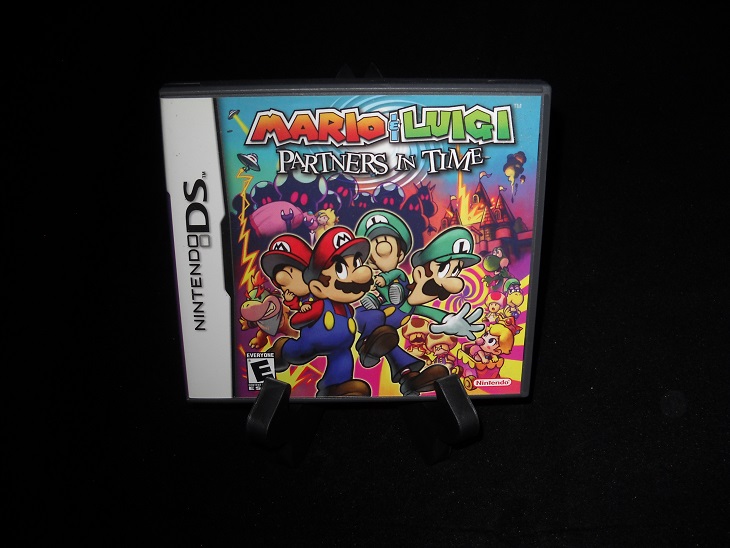
In 2005, the Nintendo DS was just starting to find its legs in terms of software. Lots of games from this era were using as many of the system’s features as possible. Touch and dual screen gameplay were implemented into almost every title, even if it didn’t benefit from them. Partners in Time is part of the Mario & Luigi RPG series and uses dual screen functionality. However, considering its 2005 release, it oddly forgoes touch controls as its main input. Instead it uses the DS’ four face buttons in an interesting way.
The game features four party members each with their own general “action” or “interact” command assigned to an individual face button. Mario takes the “A” button, Luigi “B,” Baby Mario “X” and Baby Luigi “Y.” Each button is automatically mapped as a jump for its respective character. Pressing the “R” button changes their functionally to a variety of special moves used to solve puzzles and navigate the overworld. Mario rolls into a ball, Luigi spins to hover, Baby Mario uses a hammer and Baby Luigi drills into the ground.
This button assignment is reflected in battles. Like other Mario RPG games, damage boosts are applied with timed button presses. So when attacking with a specific character, you use their face button for the timing. This becomes kind of confusing once you start introducing special moves that include all four characters at once. You essentially get a quick time event where you’ll need to make precise button inputs for all four of them.
This is an extension of the original idea found in Mario & Luigi: Superstar Saga on the Game Boy Advance. Though it was limited to two buttons on the platform, and respectively Mario and Luigi.
The addition of more characters makes it a bit overwhelming. The speed of the combat can get surprisingly fast and still requires quite a bit of precision. It’s not hard to panic and end up with half your party taking unnecessary damage.

